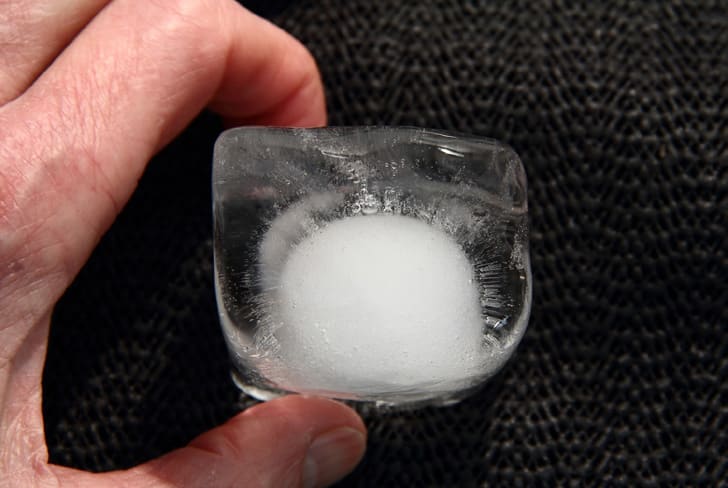Overview
STEM careers
Time
Materials
Per Team:
- 1 cardboard box, less than 1 cubic foot
- Waxed paper
- Masking tape
- Newspaper
- Aluminum foil
- Rubber bands
- Ice cubes
Instructions
 Place students in teams, describe the challenge, and distribute materials.
Place students in teams, describe the challenge, and distribute materials.- Students design and build their container.
- Instruct students to put one ice cube in the container, and keep one outside of it, as the control.
- Wait 90 minutes and open the container. Compare the ice cubes. If they are the same size, the container didn’t help to keep the ice cube from melting.
- If time allows, students can redesign their containers and try again.
Guiding questions
- Would the ice cube stay colder if you put materials on the outside of the box or the inside? Or both?
- How does using layers of different materials affect how cold the ice cube stays?
- What position inside the box would keep the ice cube coldest?
Engineering & science connections
- Engineers experiment with different materials to create the most efficient spaces for refrigeration. Using a control is essential to many experiments, because otherwise you can’t tell whether what you’re doing creates a different effect from doing nothing at all.
- The main principle in this activity is heat transfer: the heat in the air of the room is transferred to the ice cube, causing it to melt. The laws of physics tell us that heat tends to distribute itself evenly. Understanding the principle of heat transfer helps engineers design thermoses, coolers, roofing shingles, and the materials used to keep spacecraft from burning up.
- Insulation is any material that reduces heat transfer. Using insulation in the wall of a container allows us to keep hot things hot and cold things cold. That explains why ice melts quicker in a glass than a thermos.
- The less heat loss there is in a container, the less energy is required to keep that container at the desired temperature. Think of a freezer: if we open the door there is no longer anything preventing heat from entering the freezer. The freezer will then need to continuously run to try and keep things frozen.
Activity courtesy PBS Kids. pbskids.org/zoom


0 Comments